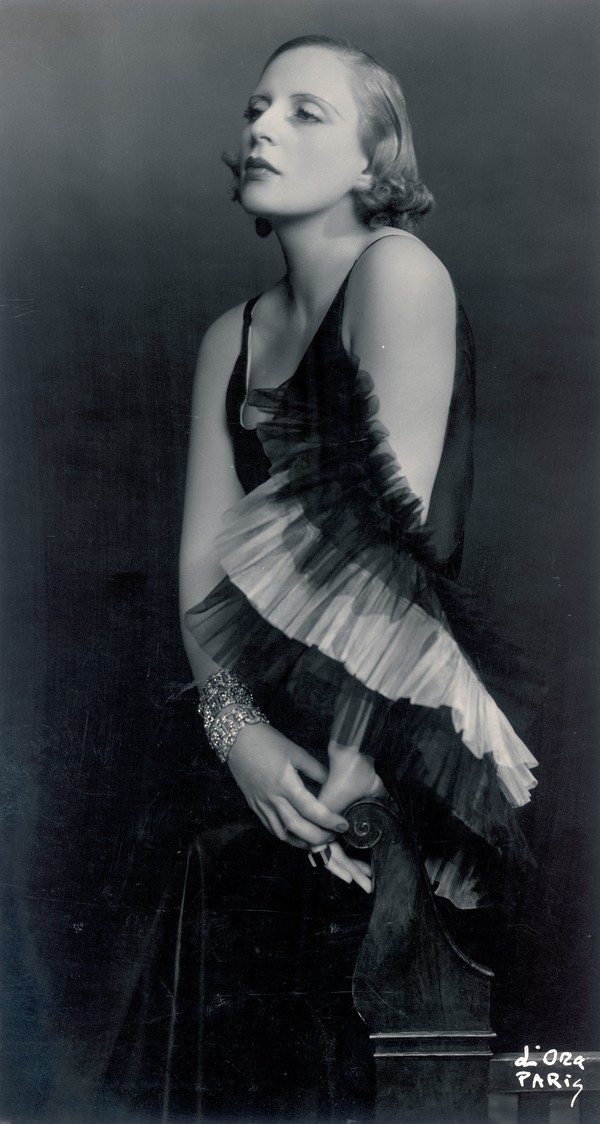Tamara Łempicka - The queen of Art Deco

[아츠앤컬쳐] 타마라 웸피츠카(1894 혹은 1898~1980)는 화려하고 감각적인 초상화와 독창적인 스타일로 아르데코 시대의 아이콘이 된 폴란드의 화가이다. 그녀는 자신의 어린시절을 러시아 지배하에 있던 바르샤바에서 보냈으며, 어머니인 말비나 데클레르의 집에서 자랐다.
그녀는 스스로 자신의 이야기를 꾸며내고 자신의 삶에 대해 원하는 부분만 선택적으로 공개했기 때문에 확실히 알려진 사실이 많지 않다. 스스로를 창조한 예술가였으며, 그녀의 삶 자체가 예술의 일부가 되었다.
웸피츠카는 러시아 혁명 이후 남편과 함께 파리로 도피하면서 1920년의 활기차고 국제적인 예술 세계 속에서 다시 태어났다. 파리에서 그녀는 입체주의, 신고전주의, 그리고 아르데코의 세련된 우아함을 결합 독창적인 화풍을 만들어냈다. 대담하고 간결한 선, 길게 뻗은 모양, 빛과 그림자를 활용한 금속같은 질감 표현으로 인물들을 조각상처럼 묘사했다. 그녀는 주로 작품을 통해 귀족, 사교계 인물, 그리고 당대 세련된 여성들을 자신감 있고 매혹적인 모습으로 그렸다.

웸피츠카 자신도 예술만큼이나 화려한 인물이었다. 세련된 옷차림에 자동차를 빠르게 몰고, 상류 사회와 교류하면서 늘 세간의 주목을 받았다. 또한, 남녀 모두와 연애를 하면서 자신의 성적 자유를 표현하고, 1920~30년대 ‘해방된 여성성’을 상징하는 존재가 되었다.
그녀는 세계 곳곳을 무대로 활동하면서도 늘 자신이 폴란드인임을 강조했으며, 1928년과 1929년 사이에 두 차례 고국을 방문하기도 했다. 1933년에는 쿠프너 남작과 재혼했으며, 당시 전쟁으로 고통받던 폴란드를 돕기 위해 파데레프스키 기금에 기부하는 등 자선 활동에도 적극적으로 참여했다.
재혼한 남편이 세상을 떠난 뒤에는 여러 나라를 여행하다가 딸이 살고있던 미국 텍사스주 휴스턴에 머물렀고, 마지막은 멕시코 쿠에르나비카에서 보냈다. 웸피츠카는 그림 그리는 일을 포기하지 않았지만, 그녀의 작품은 1920~30년처럼 큰 인기를 얻지는 못했다. 그녀가 개인적으로 가장 좋아했던 작품은 1935년에 그린 < 수녀원장>이었다. 타마라 웸피츠카는 1980년 3월 18일, 잠든 사이 세상을 떠났고, 그녀의 유해는 멕시코의 포포카테페 화산에 뿌려졌다.
사진제공: Tamara De Lempicka Estate
번역: 주한폴란드대사관 문화공공외교팀 권하연

Tamara Łempicka -
The queen of Art Deco, counted among the most outstanding female
artists of the 20th century
Tamara Łempicka (1894 or 1898 – 1980) was a Polish painter whose glamorous, sensual portraits and distinctive style made her one of the icons of the Art Deco movement. She spent her childhood in Warsaw, then under Russian rule, at the family home of her mother, Malwina Dekler. Very little is absolutely certain about Tamara Lempicka’s biography, because she wrote her own story, presenting only what she chose. She was self-invented as an artist, and her life became part of that.

After the Russian Revolution, she fled to Paris with her husband, Tadeusz Łempicki, and reinvented herself as an artist in the vibrant, cosmopolitan world of the 1920s. In Paris, Łempicka developed a unique style blending elements of Cubism, Neoclassicism, and the sleek elegance of the Art Deco. She employed bold, clean lines, elongated forms, and carefully modeled surfaces to give her subjects a statuesque presence. Her mastery of light and shadow added a metallic sheen to skin tones, creating an almost sculptural realism. Her painting often depicted aristocrats, socialites, and fashionable women in poses exuded confidence and allure.
Łempicka herself was as much a subject of fascination as her art. She cultivated an image of sophistications, often appearing in chic clothing, driving fast cars, and moving in elite social circles. She openly embraced her sexuality, engaging in relationships with both men and women, and became a symbol of liberated femininity in the interwar period.

Although a citizen of the world, Tamara Łempicka always stressed that she was Polish. In 1928-1929, she visited Poland twice. In 1933, Tamara married Baron Kuffner, and helped raise funds for war-torn Poland, donating to the Paderewski Testimonial Fund, among others. She sewed special uniforms for women involved in these charitable activities. After her second husband died, Tamara travelled around the world before taking residence in Houston, Texas, where her daughter lived. She spent her final years in Cuernavaca, Mexico. Łempicka never gave up painting, although her work no longer enjoyed the popularity it had in the 1920s and 1930s. Her own personal favourite was The Mother Superior (1935). Tamara Lempicka died in her sleep on 18 March 1980. Her ashes were scattered over the Popocatépetl volcano.
주한 폴란드 대사관 제공

